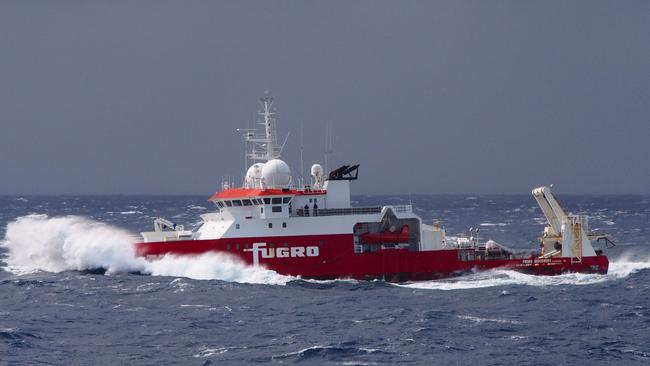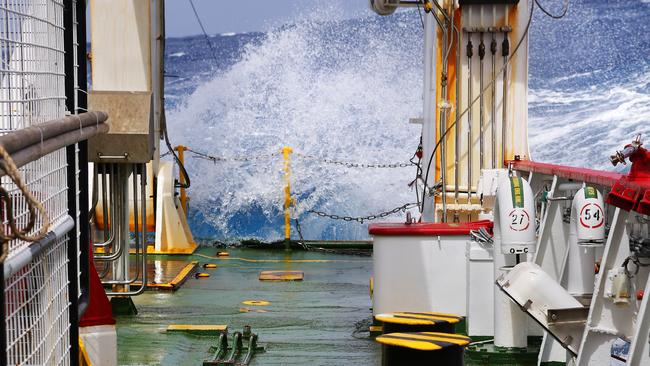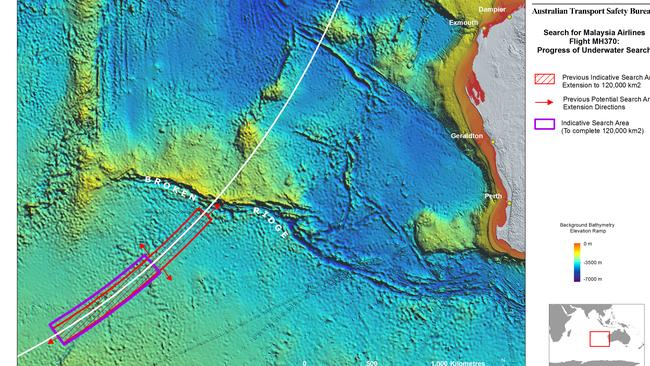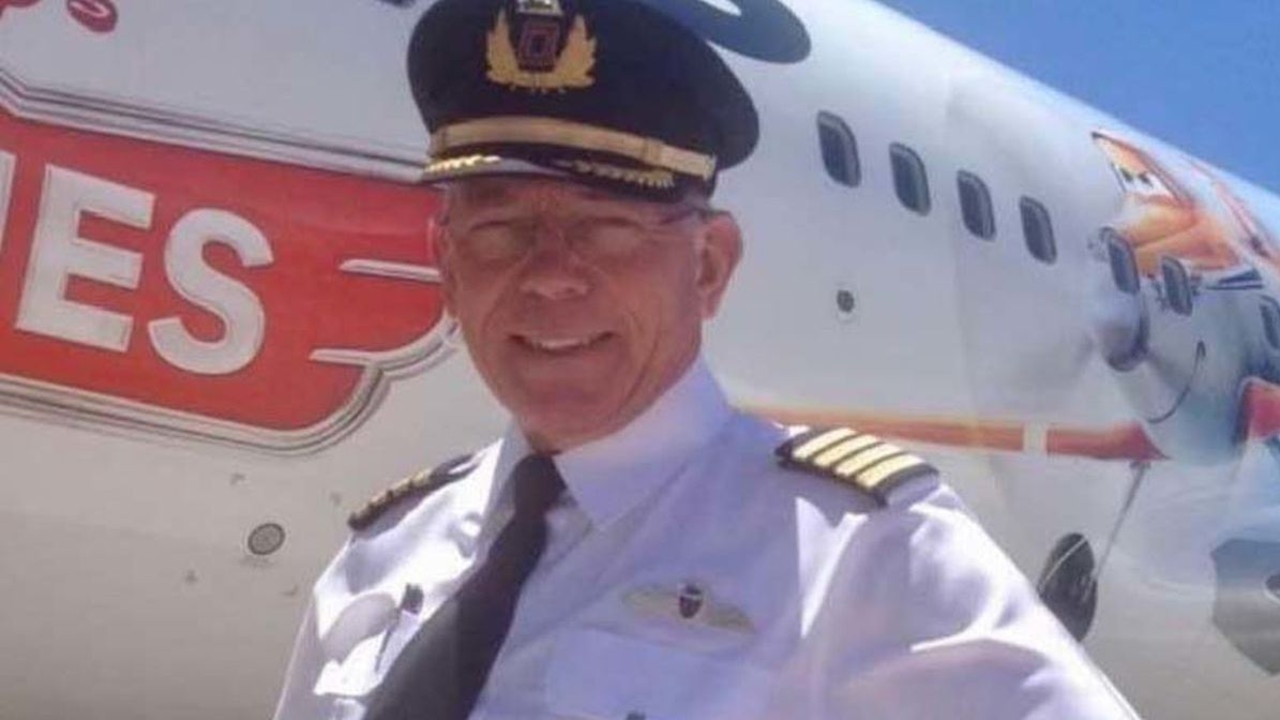MH370 plane search ship calls it quits leaving two to finish the job
A STALWART of the MH370 search is heading home, leaving two vessels to try and find the plane that vanished with 239 passengers and crew.
ONE of the longest serving ships of the MH370 search will head home tomorrow leaving just two vessels to complete the 120,000 square kilometre hunt for the missing plane that disappeared with 239 passengers and crew on board in March 2014.
Fugro Discovery has been on the hunt for MH370 since October 2014, but is required to undergo maintenance and then undertake a new project in Singapore.
MH370 DIVED FROM THE AIR, NEW ANALYSIS
MALAYSIA AIRLINES CONFIRM PILOT USED FLIGHT SIMULATOR

A spokesman for the Australian Transport Safety Bureau said the departure of Fugro Discovery from the search for the Malaysia Airlines’ Boeing 777-2H6ER, an international passenger flight which disappeared only an hour into its flight to Beijing, China, from Kuala Lumpur International Airport on March 8 2014, had been in the planning for some time.
“The search plan provides for the remaining search area to be completed using the other vessels (Fugro Equator and Dong Hai Jiu 101),” said a statement from the ATSB.
In almost two years, the ship conducted 16 “swings” of about 40-days each and searched 51,000 square kilometres of ocean floor.
A total of 124 people have worked on the vessel — 13 of whom have worked on more than seven swings.
To date, more than 110,000 square kilometres of the search area have been scoured leaving less than 10,000 square kilometres.
MALAYSIA AIRLINES DEFENDS MH370 PILOT
EIGHT QUESTIONS ON MH370 THAT NEED ANSWERS

Only Fugro Equator has made a greater contribution to the MH370 search, having been on the job since mid-2014 conducting bathymetric surveys in preparation for the complex operation.
With only two ships on the job, it is expected to take till year’s end to fully search the “most prospective” area in the Southern Indian Ocean.
ATSB Chief Commissioner Greg Hood said during that time, the search vessels would ensure any “small gaps” in the area scoured would be thoroughly scanned by sensitive equipment.
In close to two-years of searching, no trace of the Boeing 777 has been found in the Southern Indian Ocean, prompting Fugro search director Paul Kennedy to comment recently that “if it’s not there, it means it’s somewhere else”.

He denied the comment was an admission the search was occurring in the wrong place.
On March 8, 2014, MH370 disappeared 40-minutes into a flight from Kuala Lumpur to Beijing after turning back towards Malaysia and then heading south.
Despite the discovery of a similar route on the pilot’s home flight simulator, the ATSB and Malaysia Airlines have insisted there was no evidence Captain Zaharie Ahmad Shah deliberately flew the plane off course.
There were 239 people on board the flight including six Australians and 153 Chinese people.
Malaysian investigators are continuing to examine the mystery.
EMAIL: robyn.ironside@news.com.au
TWITTER: @ironsider




